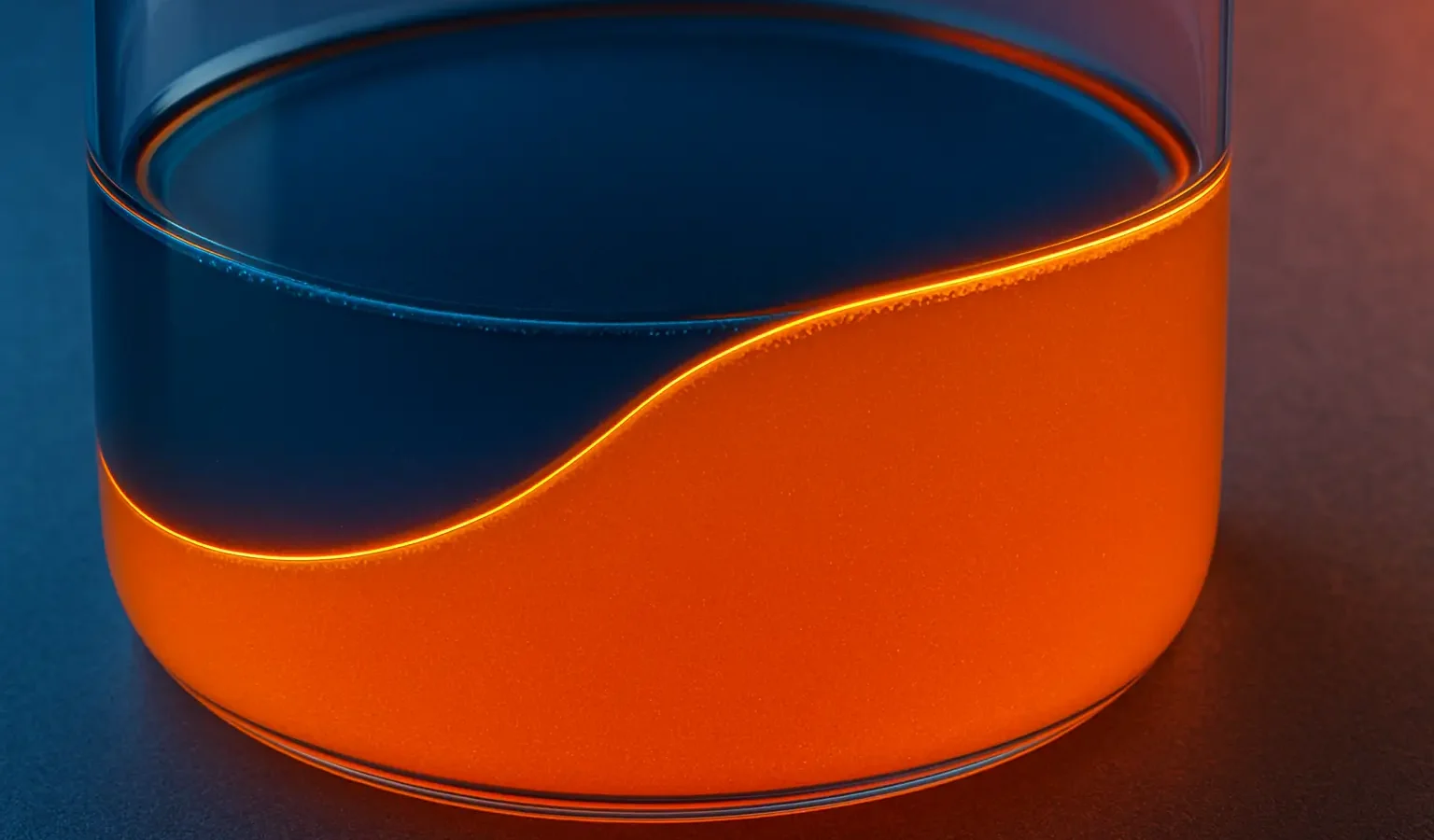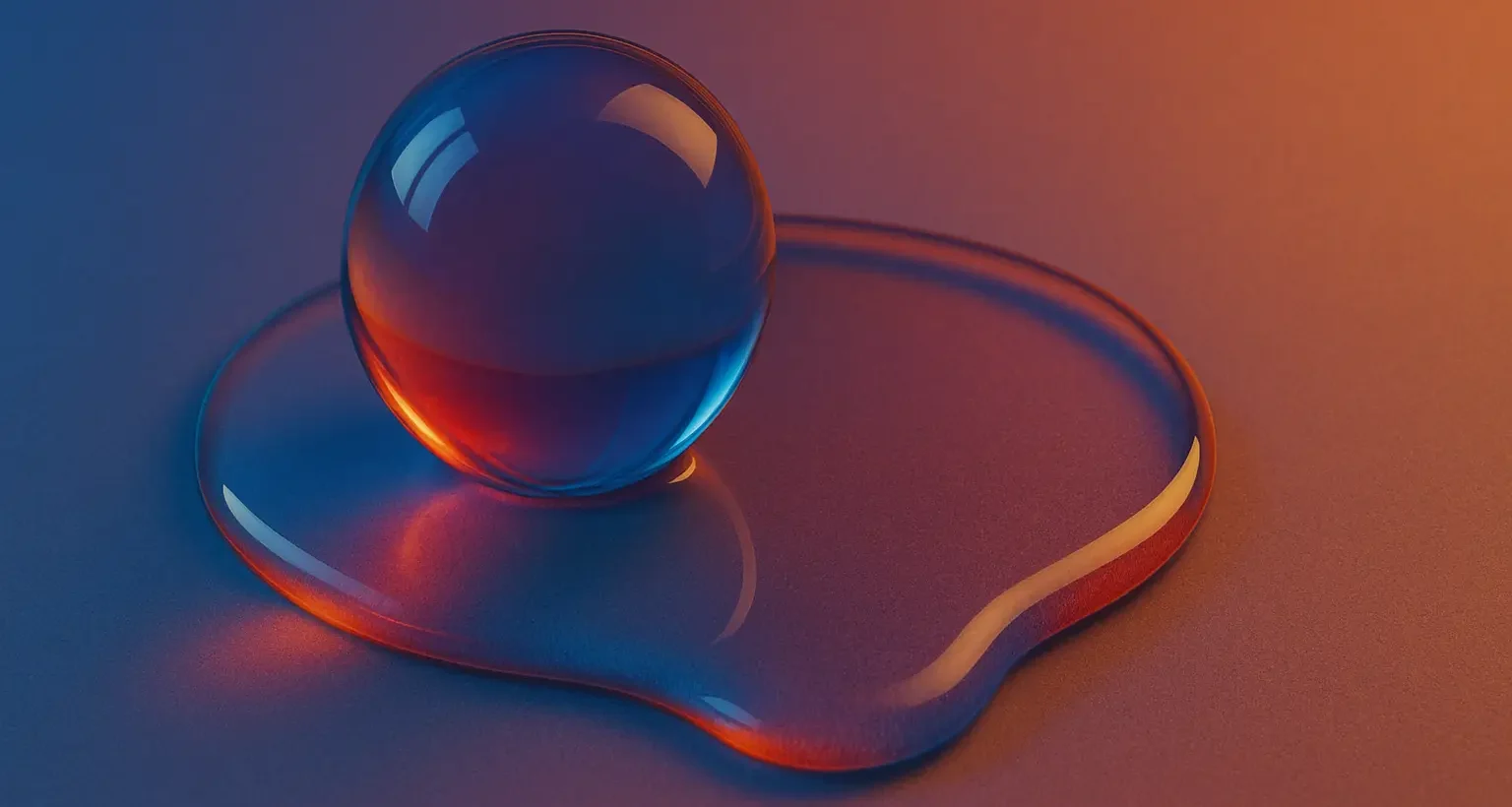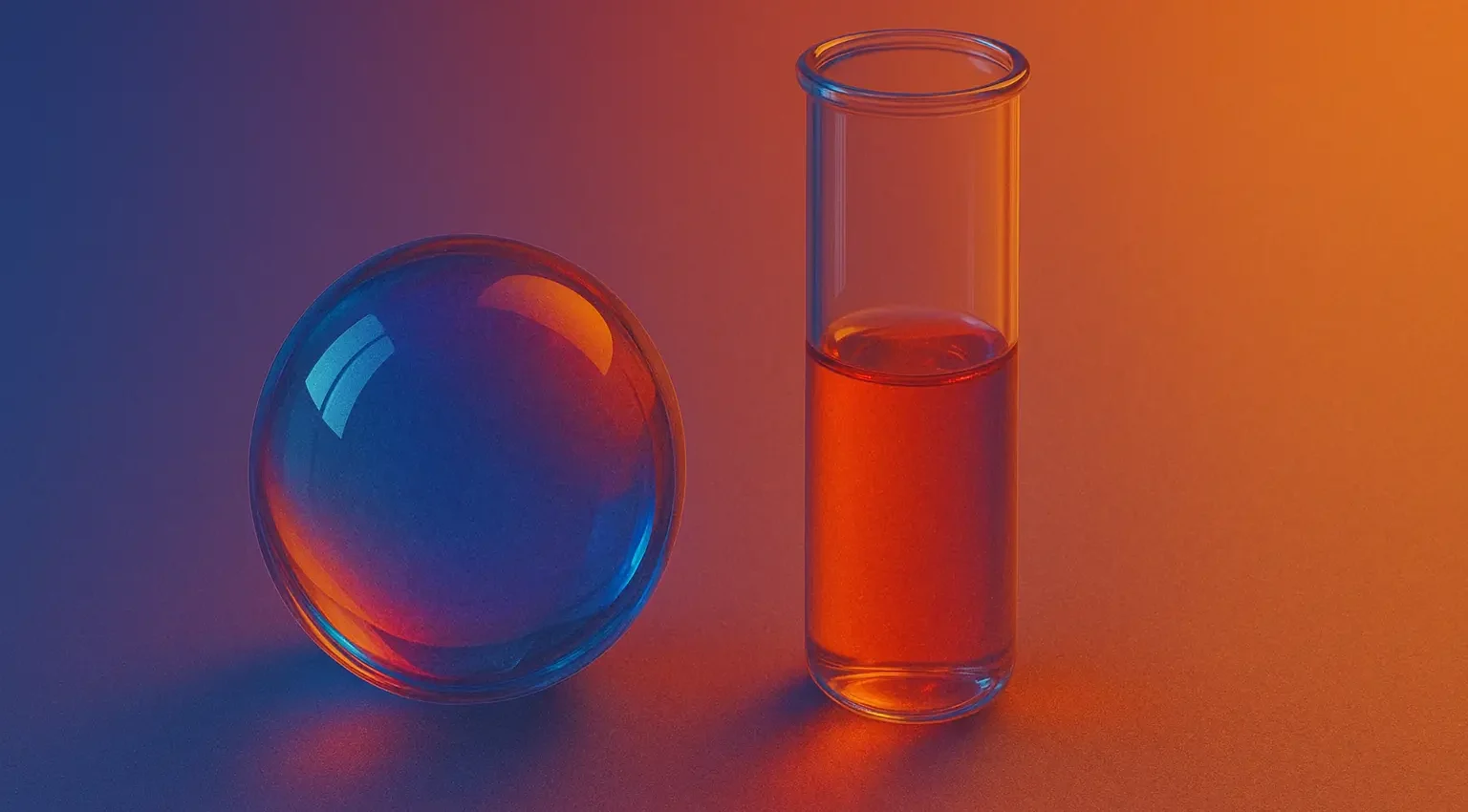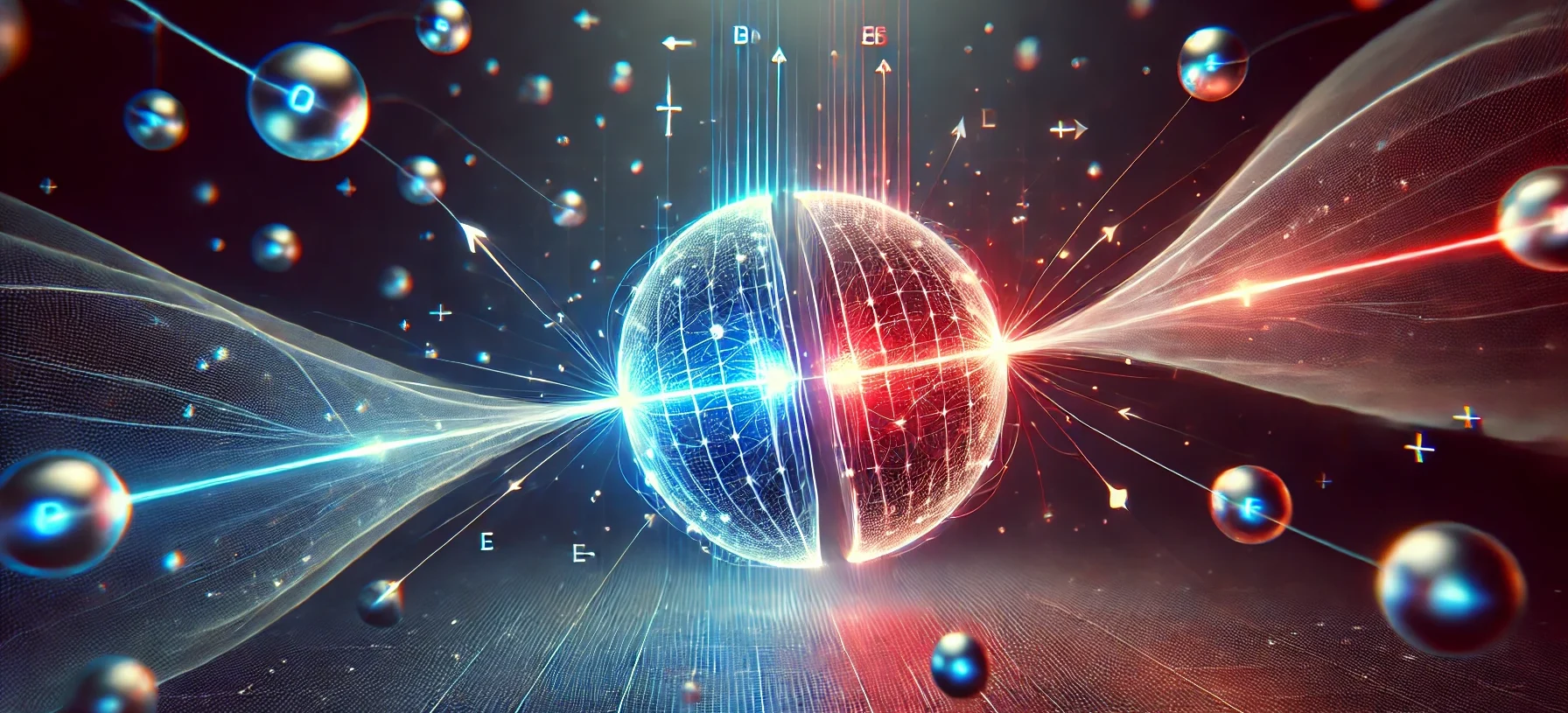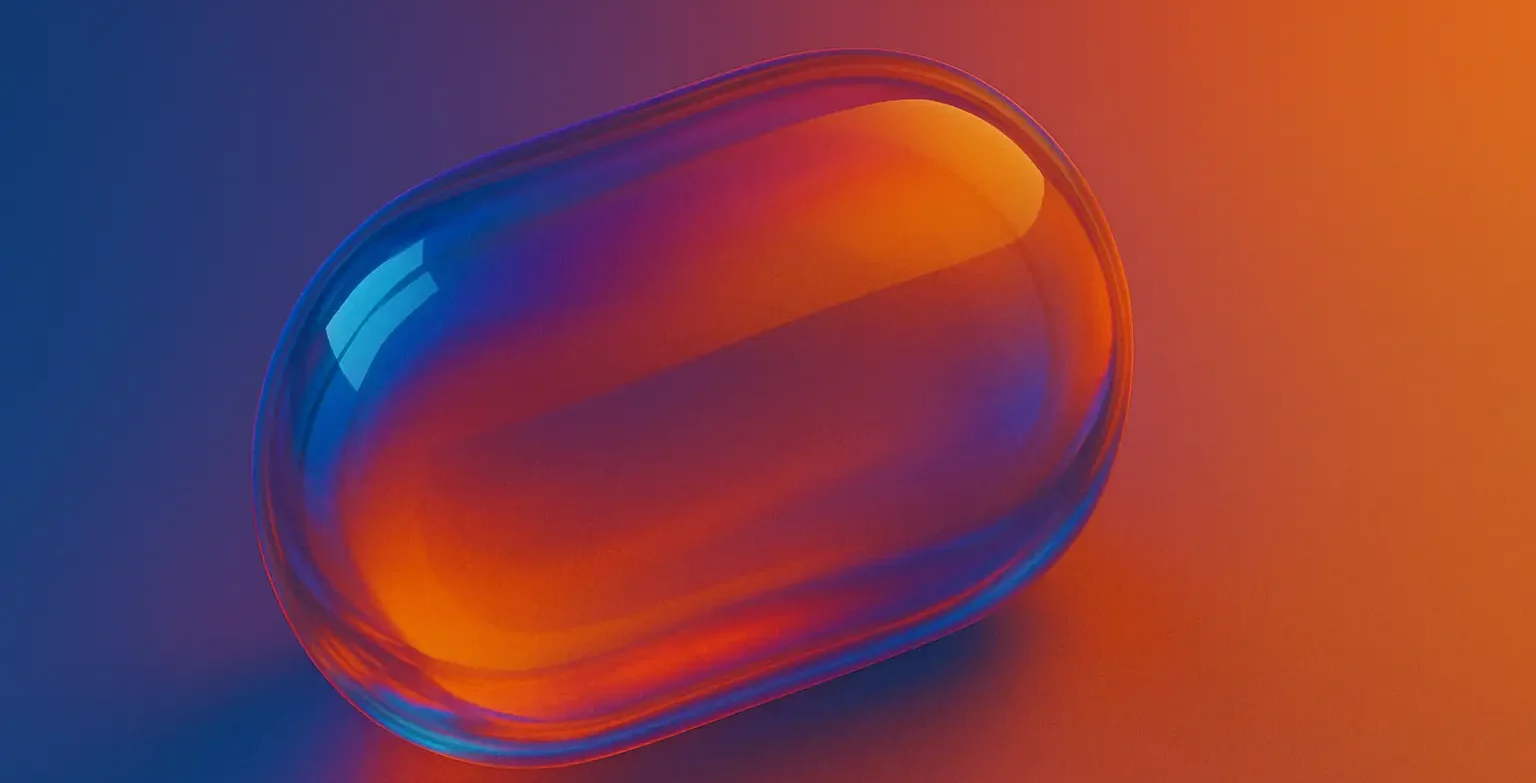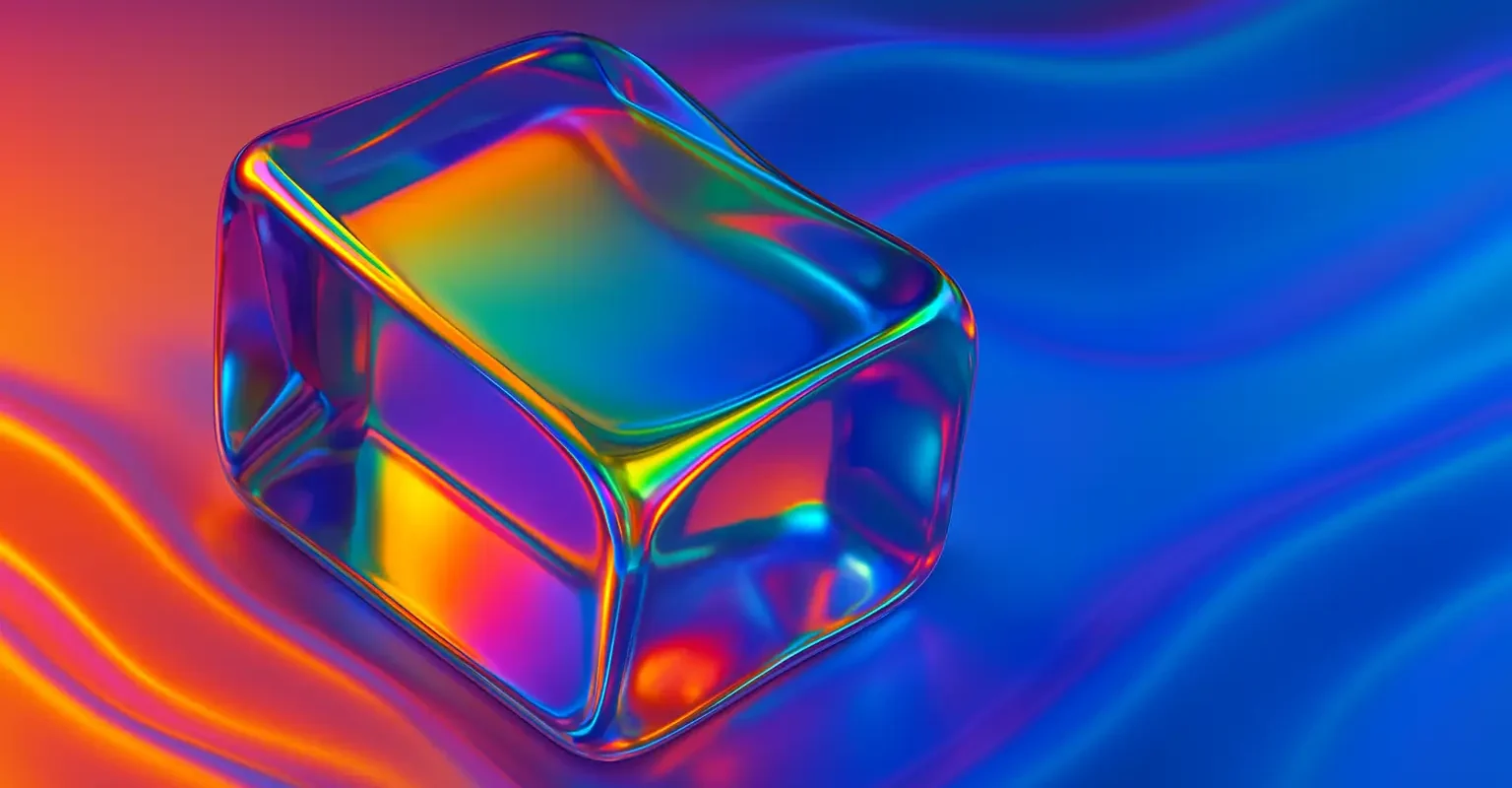Liquid Interface
Definition of Liquid Interface A liquid interfaces is the boundary between two immiscible liquid phases or between a liquid and another phase (solid or gas). At this boundary, the physical and chemical properties differ from those in the bulk phases due to molecular interactions unique to the interface. Types of Liquid Interface Liquid-Gas Interface: Examples … Read more

